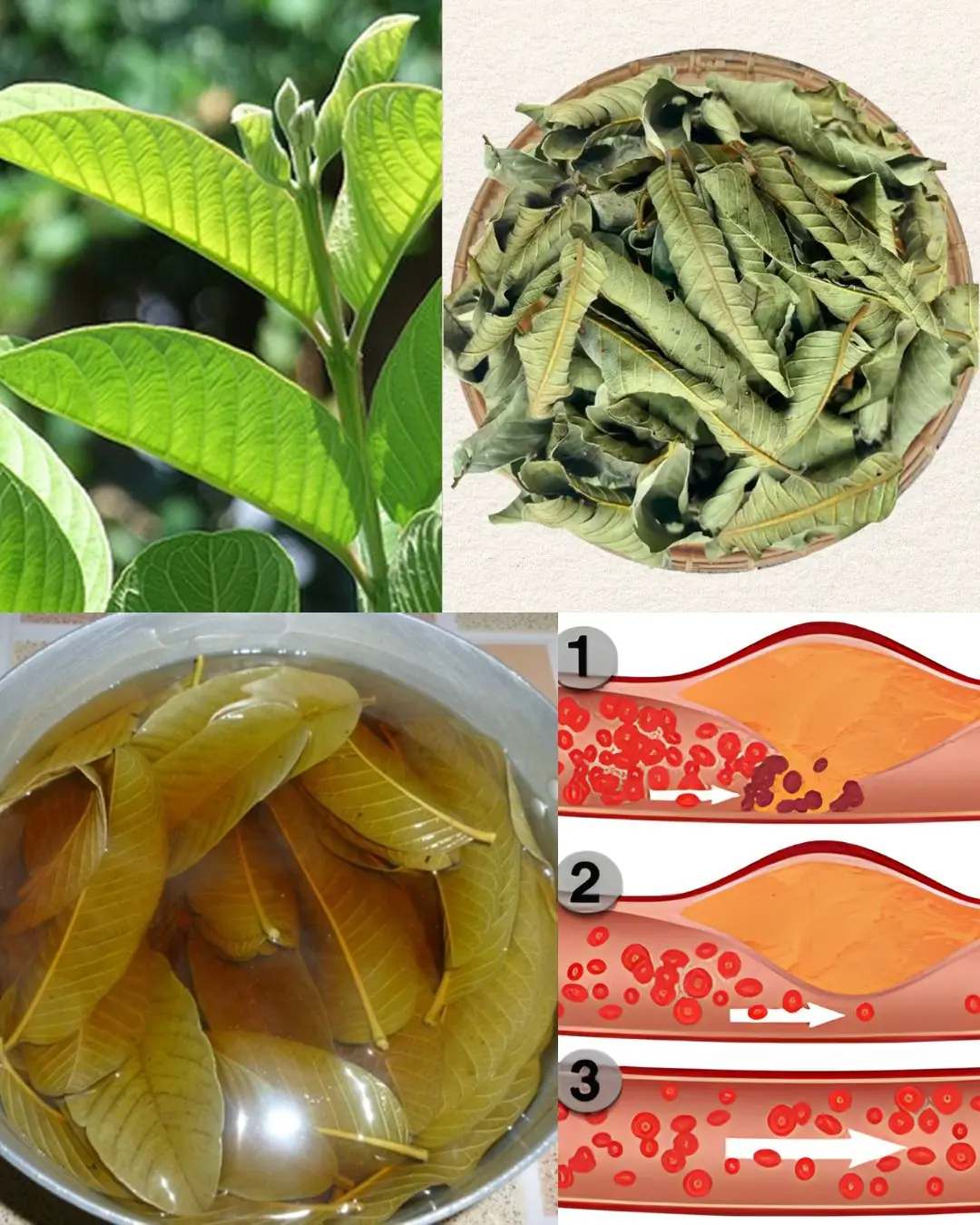
Euphorbia Hirta (Asthma-plant): Traditional Uses and Applications
Euphorbia hirta, commonly known as the asthma plant, is a herbaceous medicinal plant widely found in tropical and subtropical regions around the world. Though often seen growing wild by roadsides or in open fields, this modest-looking herb has a rich history in folk and traditional medicine. Revered for its wide range of therapeutic applications — from respiratory relief to skin healing — it continues to attract attention from herbalists and researchers alike.
In this article, we’ll explore the many traditional uses, modes of preparation, and the science-backed potentials of Euphorbia hirta.
🫁 Respiratory Health Benefits
As the name “asthma plant” suggests, Euphorbia hirta has long been associated with treating respiratory ailments. Traditional medicine systems across Asia, Africa, and South America have used it to relieve symptoms of:
-
Asthma
-
Bronchitis
-
Persistent coughs
-
Wheezing and chest congestion
Typically, the leaves and flowering tops are brewed into a tea or decoction. This preparation is thought to possess bronchodilatory and expectorant properties, helping to relax bronchial muscles, improve airflow, and ease breathing. Some studies suggest that the plant contains flavonoids and other bioactive compounds that may support these effects, although more clinical trials are needed to confirm these benefits.
🫖 Suggested Use: Drink 1 cup of warm Euphorbia hirta tea, 1–2 times daily, during episodes of respiratory distress. Always consult a doctor if symptoms persist.
🍽️ Gastrointestinal Support
Euphorbia hirta has also earned a reputation as a natural remedy for digestive disturbances, particularly in traditional Southeast Asian medicine.
Known benefits include:
-
Antidiarrheal effects
-
Relief from dysentery and stomach cramps
-
Potential support for irritable bowel syndrome (IBS)
Its antispasmodic and anti-inflammatory properties may help calm the intestinal tract, while its mild antimicrobial action may target pathogens that contribute to digestive issues.
💡 Traditional Recipe: Boil 1–2 teaspoons of dried Euphorbia hirta leaves in water for 10–15 minutes. Strain and consume after meals to ease digestive discomfort.
🧴 Dermatological Applications
Topically, Euphorbia hirta has been used in the form of pastes, infusions, or poultices to help treat various skin conditions, including:
-
Warts and boils
-
Rashes and eczema
-
Minor wounds or cuts
-
Fungal or bacterial skin infections
The plant's natural antimicrobial and anti-inflammatory compounds make it a traditional favorite for promoting wound healing and reducing skin irritation.
⚠️ Caution: Always test a small area first to rule out allergic reactions before applying topically over large skin areas.
🦠 Antimicrobial Properties
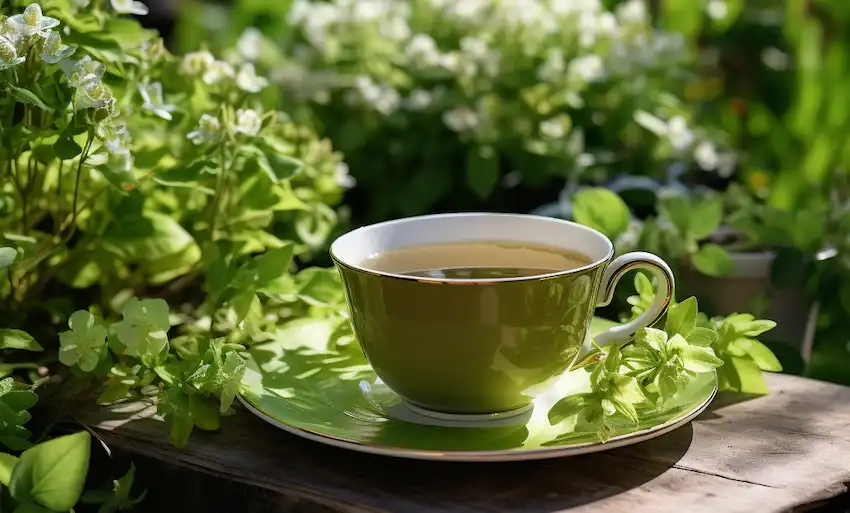
Modern interest in Euphorbia hirta has also focused on its broad-spectrum antimicrobial activity. Lab studies have shown that extracts from the plant may have inhibitory effects against bacteria, fungi, and certain viruses — though many of these findings are preliminary.
Internal use (e.g., tea) and external use (e.g., poultices or washes) are both common in traditional applications to help the body combat infections naturally.
🧬 While the antimicrobial activity is promising, more research is needed to determine effective dosages, isolate active compounds, and validate long-term safety.
💢 Anti-inflammatory and Pain Relief
Euphorbia hirta has long been used as a natural pain reliever, especially for conditions involving inflammation. Its reported analgesic and anti-inflammatory properties make it useful for treating:
-
Muscle aches and sprains
-
Headaches and joint pain
-
Arthritis or minor injuries
Poultices made from crushed leaves are applied to the affected area, or the herb is consumed as a tea to help reduce inflammation internally.
🩹 This natural remedy may provide mild relief for pain-related symptoms, but it should not replace medical treatment in serious cases.
🌡️ Antipyretic (Fever-Reducing) Properties
In traditional medicine, Euphorbia hirta is also valued for its antipyretic effects — its ability to help lower body temperature during fever.
A warm tea made from the plant is often consumed during febrile illnesses to induce sweating and promote cooling of the body. This use is widespread in Filipino, Indian, and African folk remedies.
🫖 Combine Euphorbia hirta with ginger or lemongrass in a tea for a traditional “fever tonic.”
🚻 Urinary Tract Support
The plant is also used as a natural diuretic, promoting increased urine output. This is believed to aid in:
-
Flushing out urinary tract infections (UTIs)
-
Reducing bladder inflammation
-
Managing mild water retention
The diuretic effect can help cleanse the urinary system, but anyone with kidney issues or on diuretic medications should consult a doctor before using it.
🛡️ Antioxidant Potential
With the rising interest in natural antioxidants, Euphorbia hirta is being studied for its ability to counteract oxidative stress — a contributing factor in aging and many chronic diseases.
Some research has identified the presence of flavonoids, tannins, and polyphenols in the plant, which may help neutralize free radicals and protect cells from damage.
🧪 Ongoing studies aim to understand how these antioxidant compounds might contribute to overall health and disease prevention.
🧪 Preparation and Usage Methods
Internal Use (Tea or Decoction):
-
Boil 1–2 teaspoons of dried leaves in a cup of water for 10–15 minutes.
-
Strain and drink 1–2 times daily.
-
Can be combined with other herbs like turmeric, holy basil, or ginger for enhanced benefits.
Topical Use:
-
Crush fresh leaves into a fine paste and apply directly to affected skin areas.
-
Use an infusion as a skin wash or compress for wounds or irritations.
Storage Tip: Dried Euphorbia hirta leaves can be stored in airtight containers away from direct sunlight for several months without losing potency.
⚠️ Safety, Side Effects, and Precautions
While Euphorbia hirta has a long-standing history of safe traditional use, caution is still advised:
-
Toxicity: Some parts of the plant can be mildly toxic in high doses.
-
Allergic Reactions: Skin irritation or sensitivity may occur in some individuals.
-
Drug Interactions: Its diuretic or anti-inflammatory properties may interact with medications.
-
Pregnancy/Breastfeeding: Avoid use without professional medical supervision.
🩺 Always consult a qualified healthcare provider before starting any herbal remedy, especially if you have pre-existing health conditions or are taking medications.
🌿 Final Thoughts: An Ancient Ally with Modern Potential
Euphorbia hirta is much more than a roadside weed — it is a versatile and time-honored herbal remedy with a wide range of traditional applications. From easing breathing in asthma sufferers to treating skin infections, aiding digestion, and possibly fighting infections, this unassuming herb continues to serve as a vital component in many traditional healing systems.
While modern science is beginning to catch up with traditional knowledge, more research is needed to fully confirm its effectiveness and safety. As with any medicinal plant, responsible and informed use is key.
🌿 Harness the power of Euphorbia hirta mindfully — with respect for both tradition and science.
News in the same category

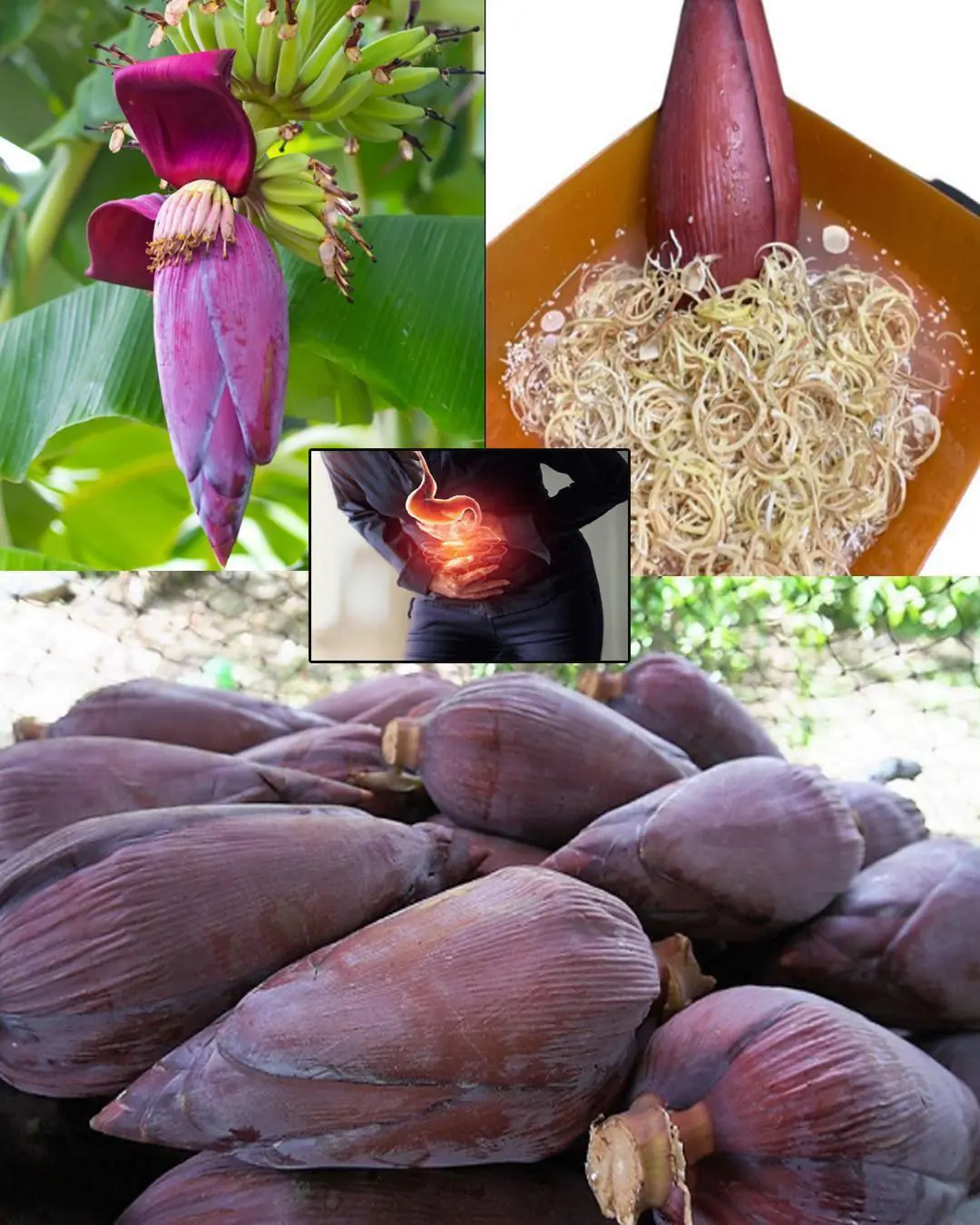
Banana Blossom: Health Benefits, Recipes, and Uses
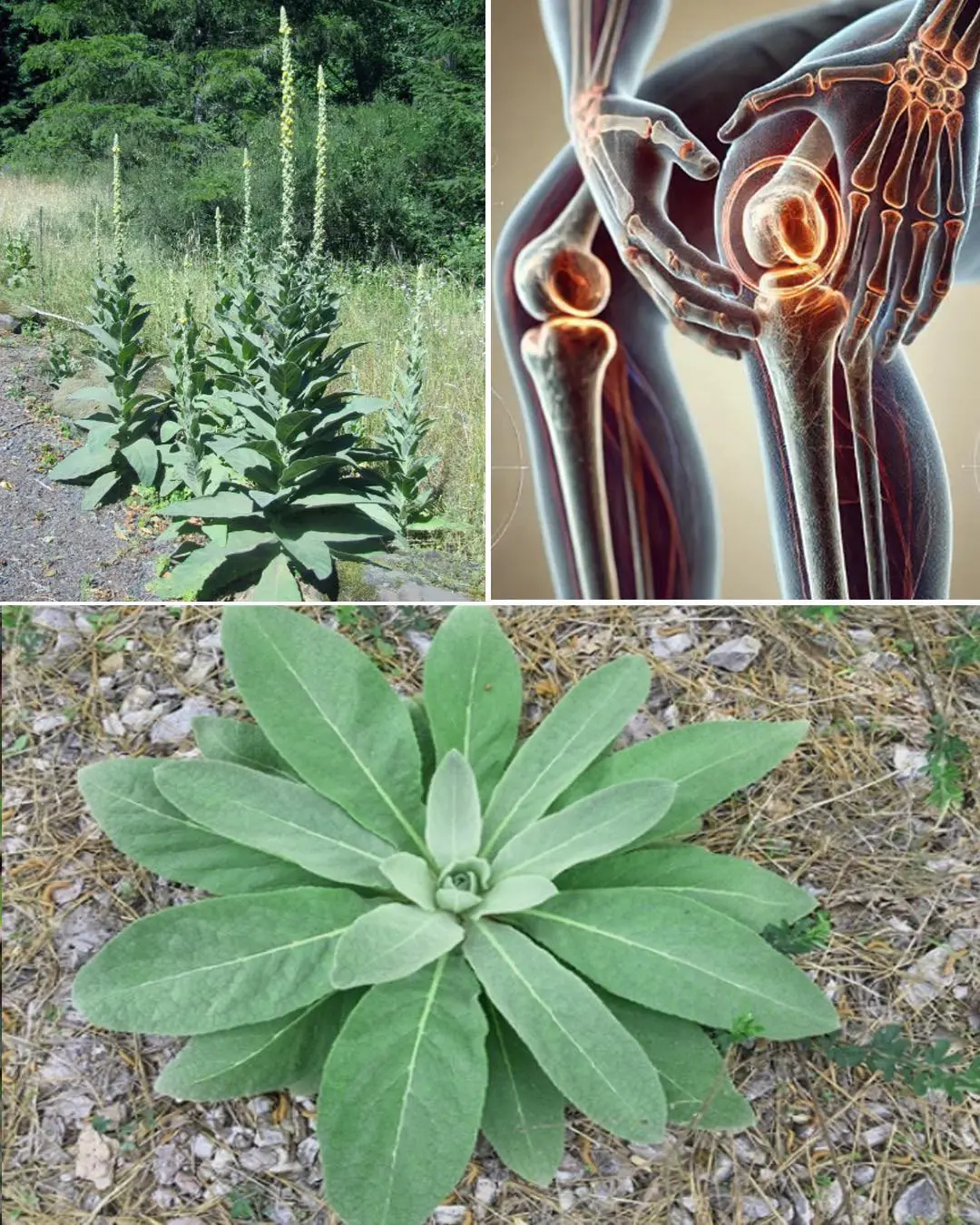
Common Mullein: Benefits and Uses of Nature’s Versatile Herb
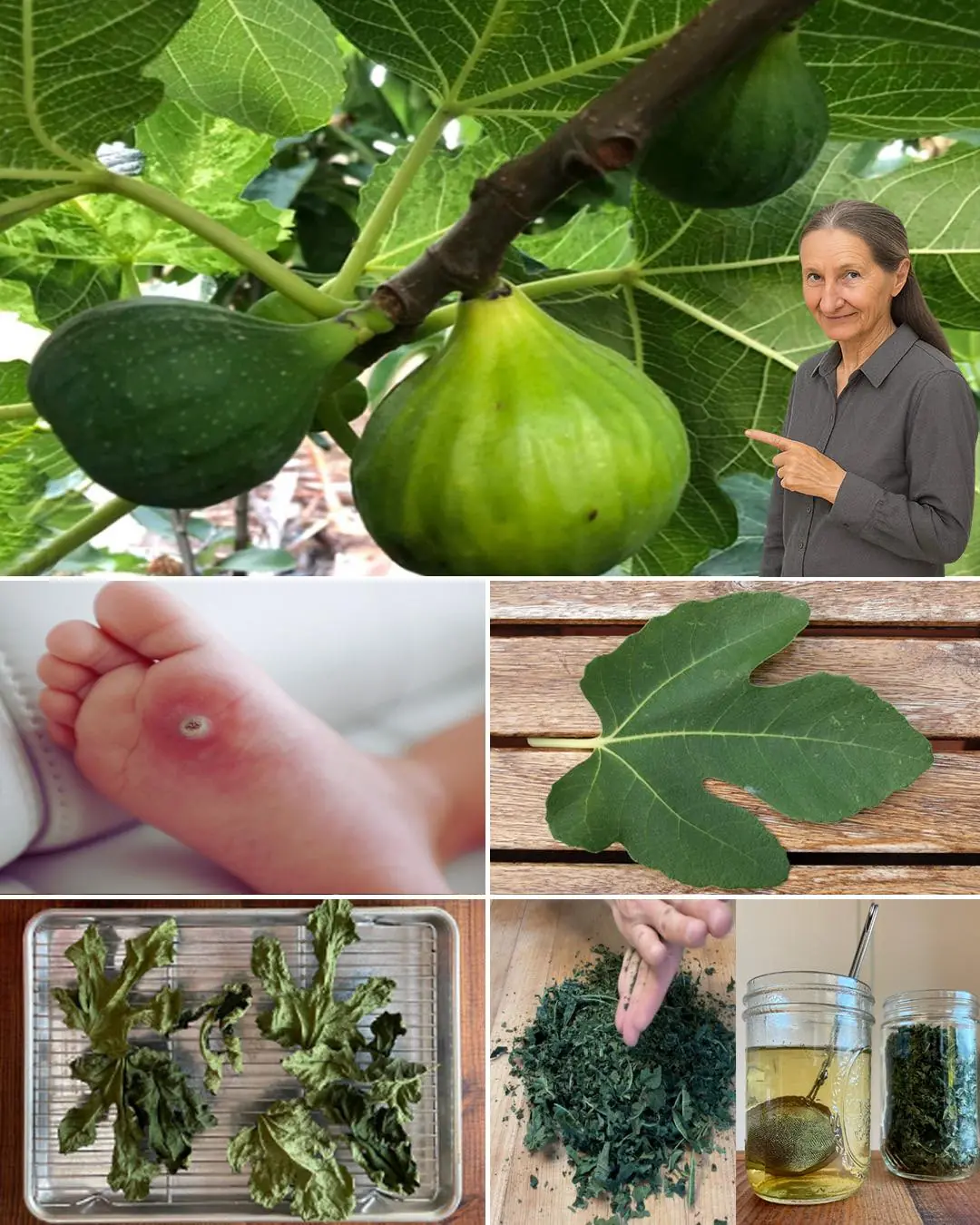
Fig Leaves: Surprising Benefits and Uses

Inner Vitality Elixir: Benefits of Uda Seeds, Lemon, Aidan Fruit, and Ginger for Women’s Health
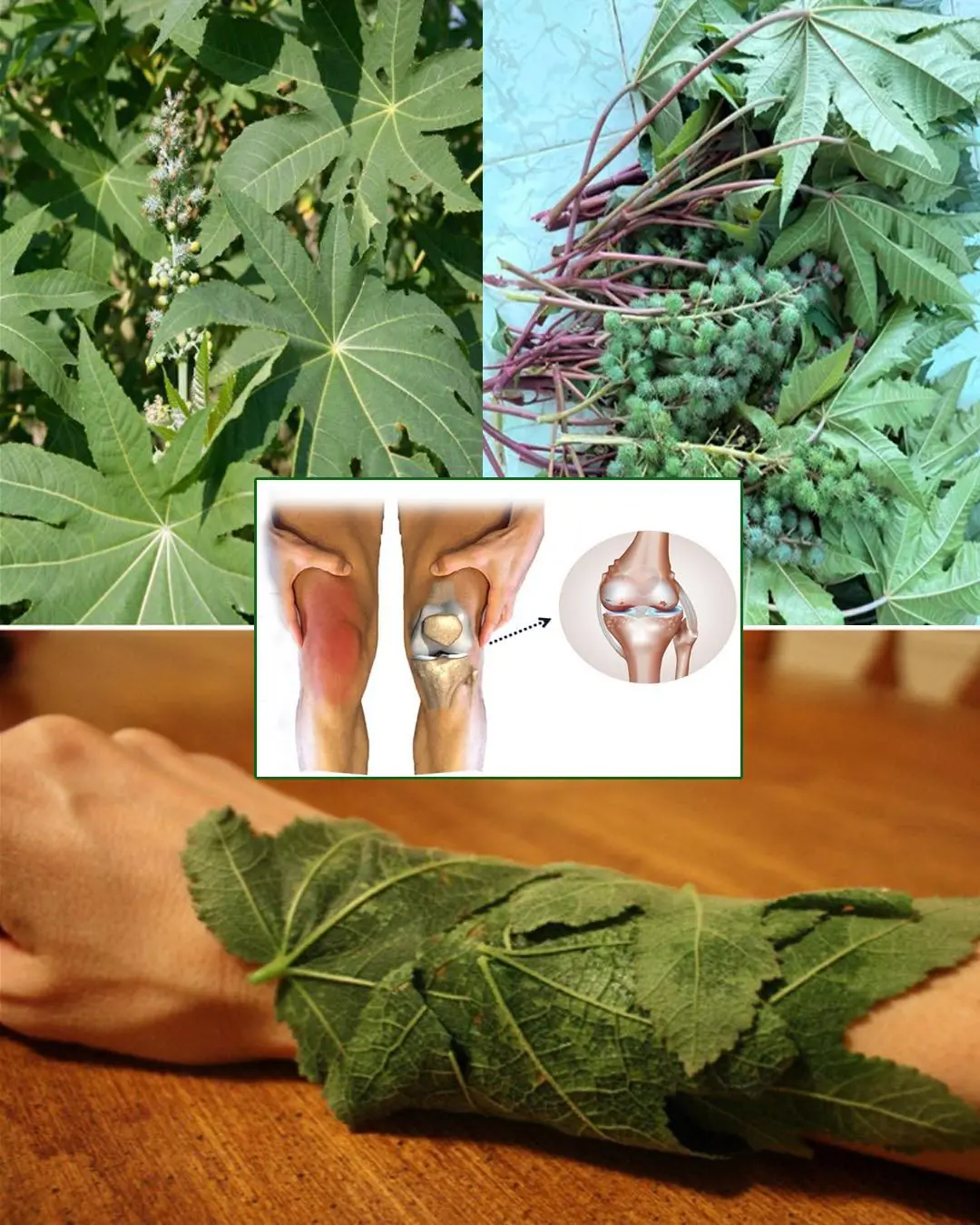
Some of the Benefits of Castor Leaves and the Seed
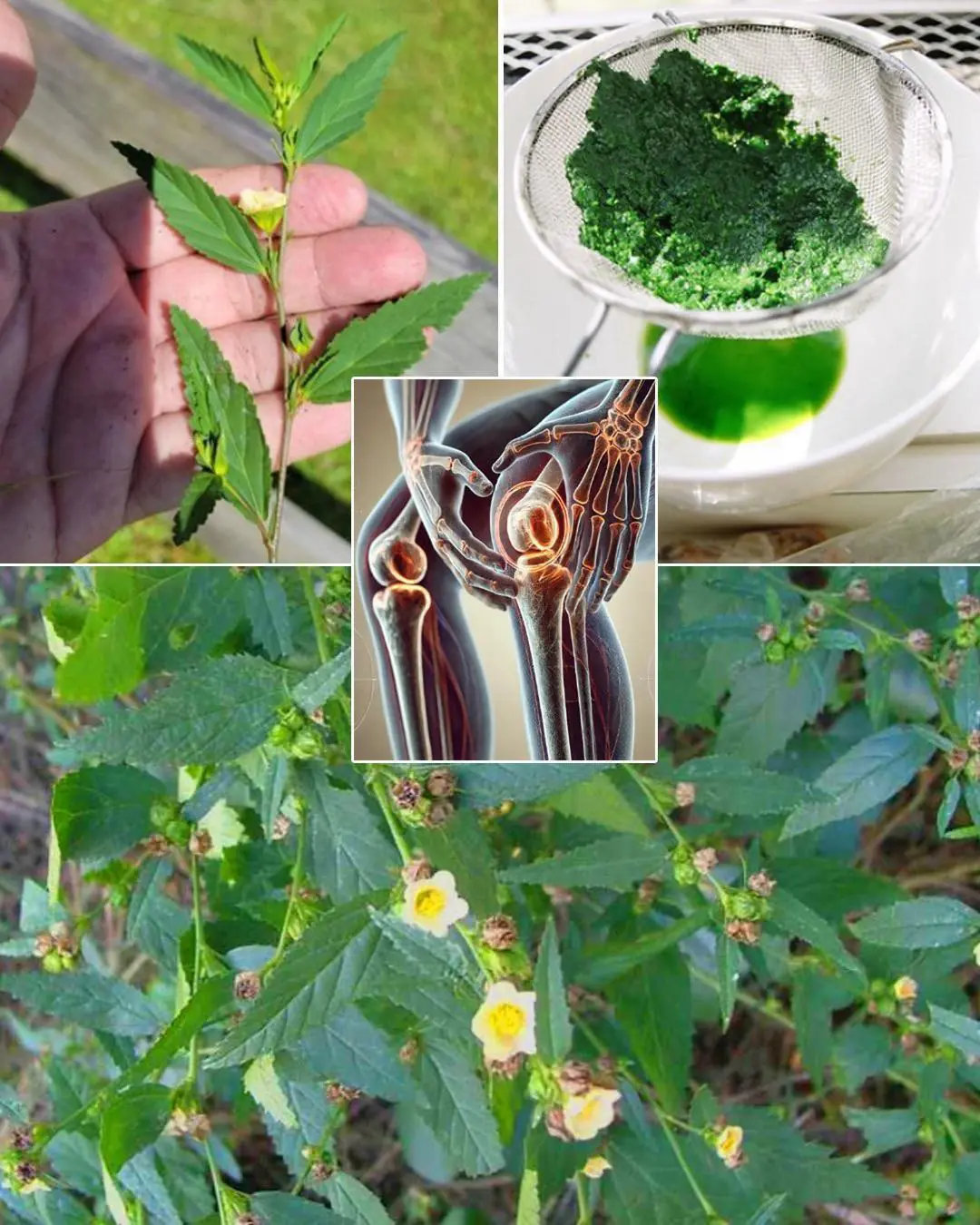
The Versatile Uses of Stubborn Grass
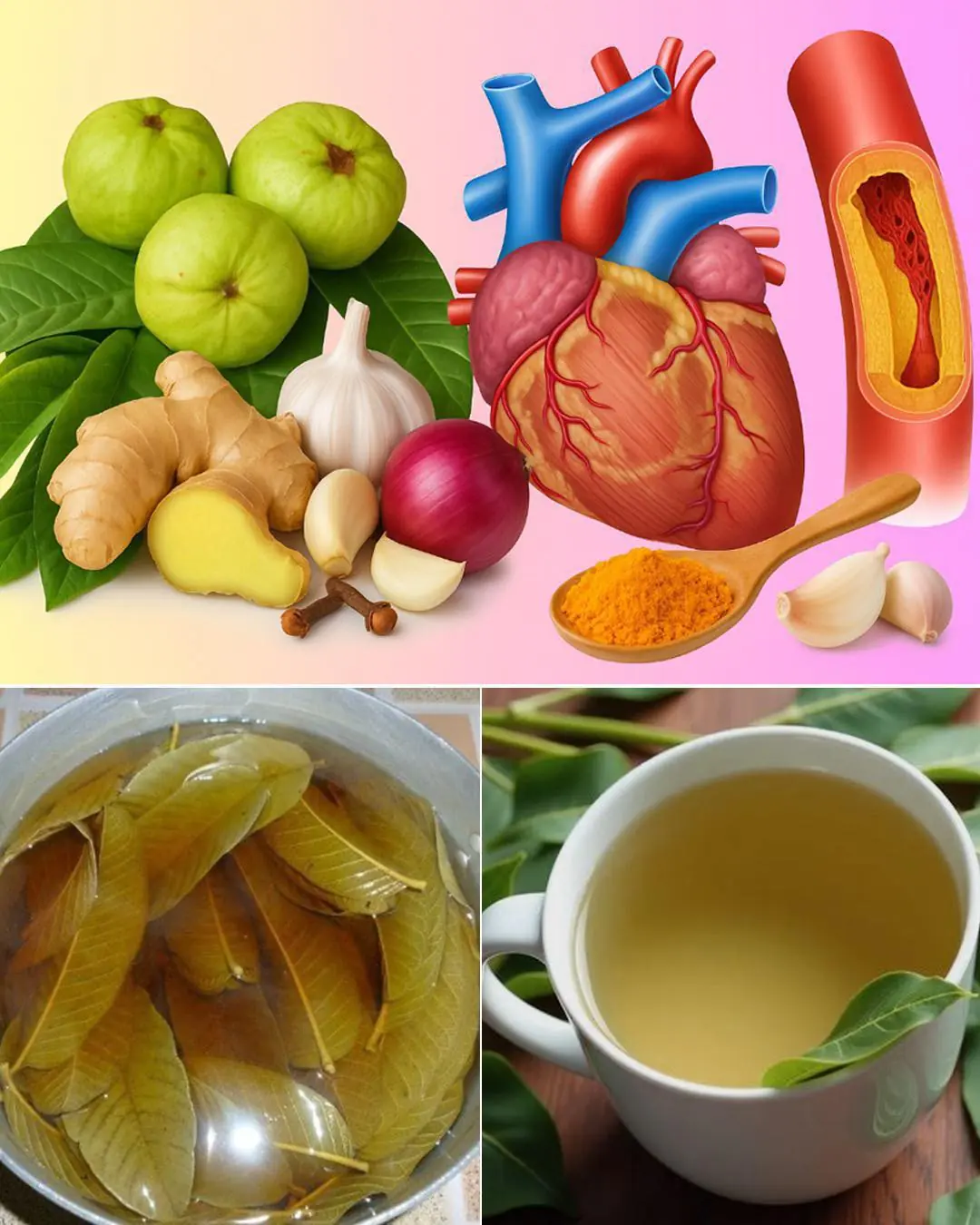
The Best Tea for Mornings and After Dinner: A Powerful Blend for Health
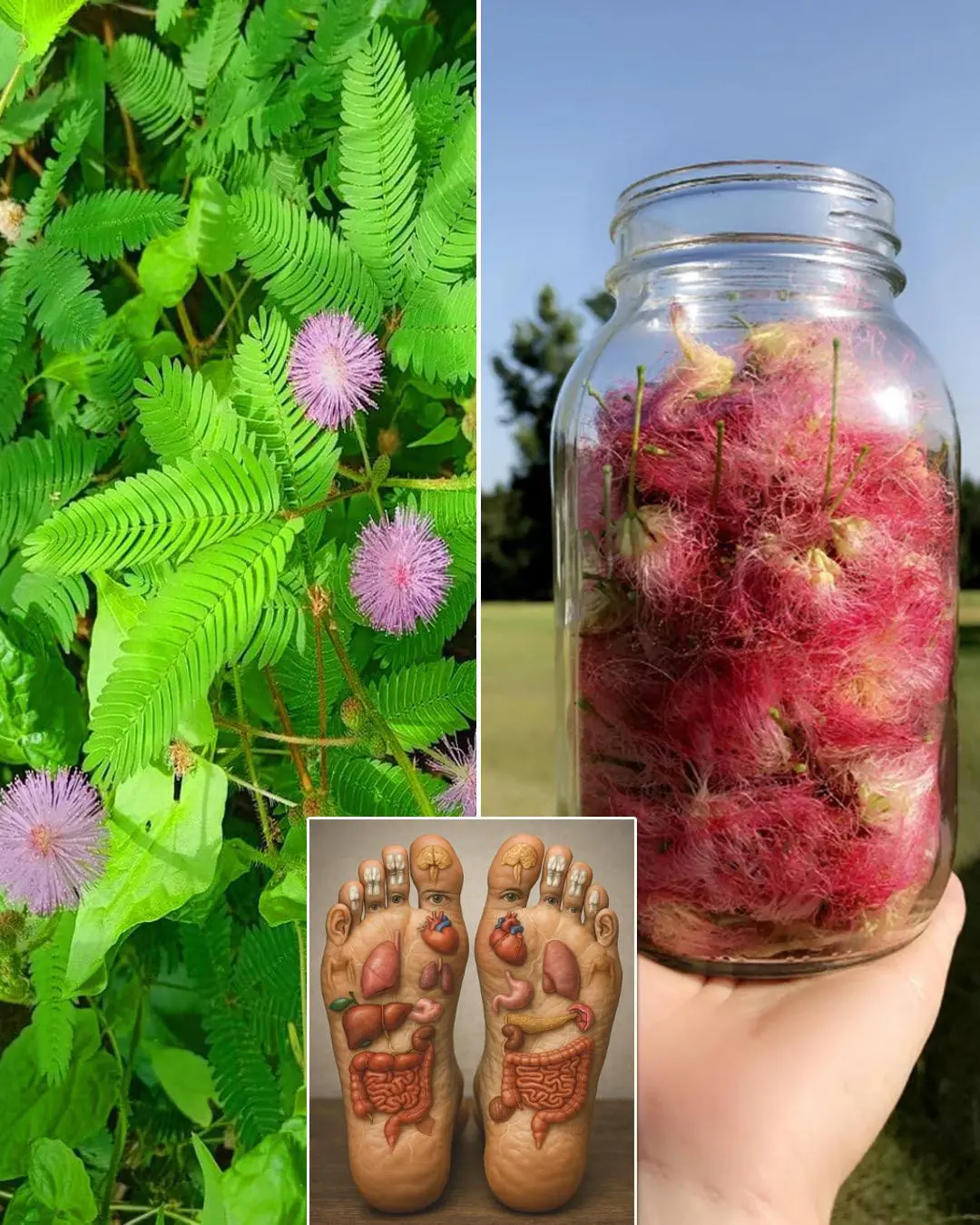
Mimosa Pudica Tea: How to Prepare and Health Benefits
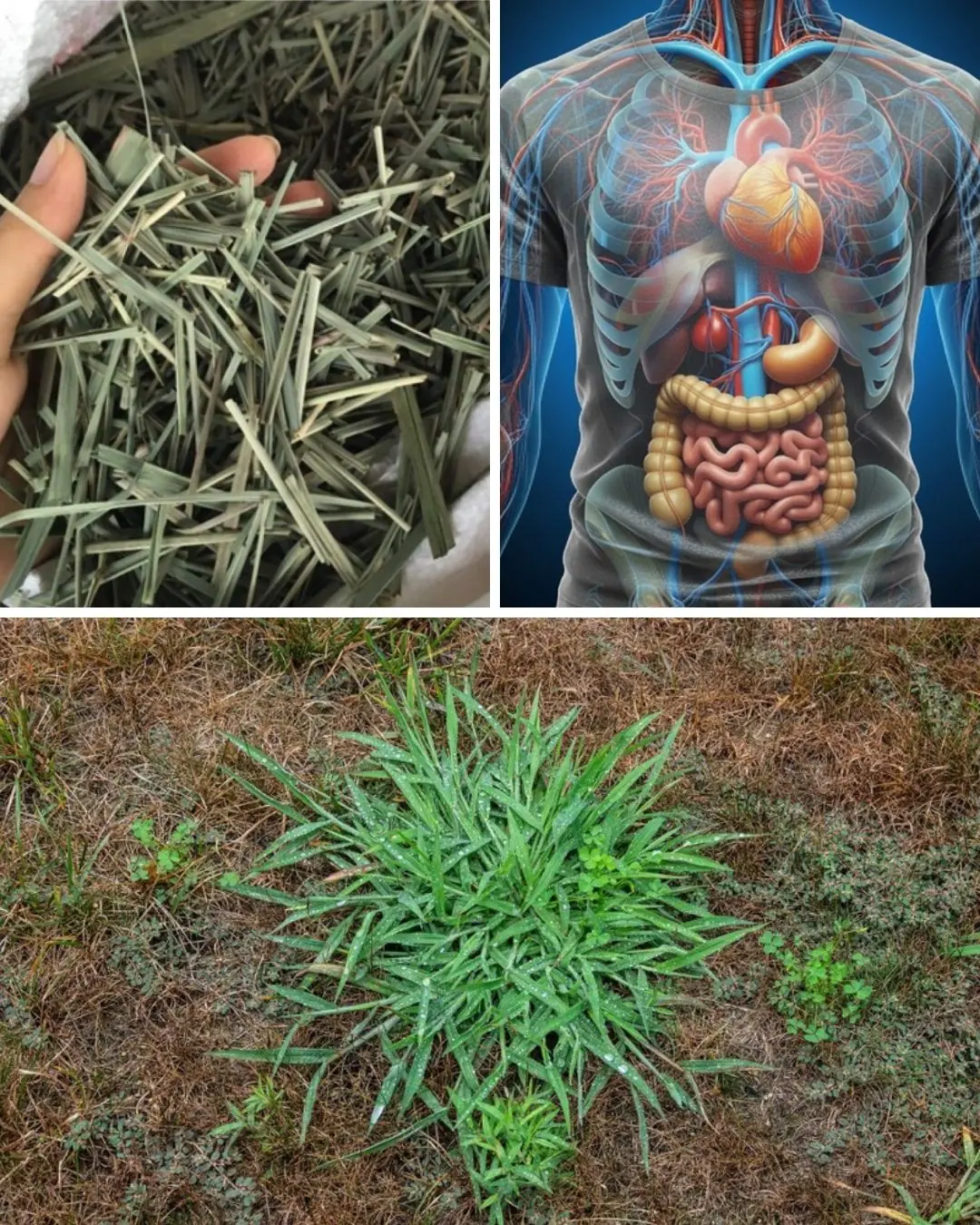
Harnessing the Power of Goose Grass: A Guide to Its Preparation and Therapeutic Uses
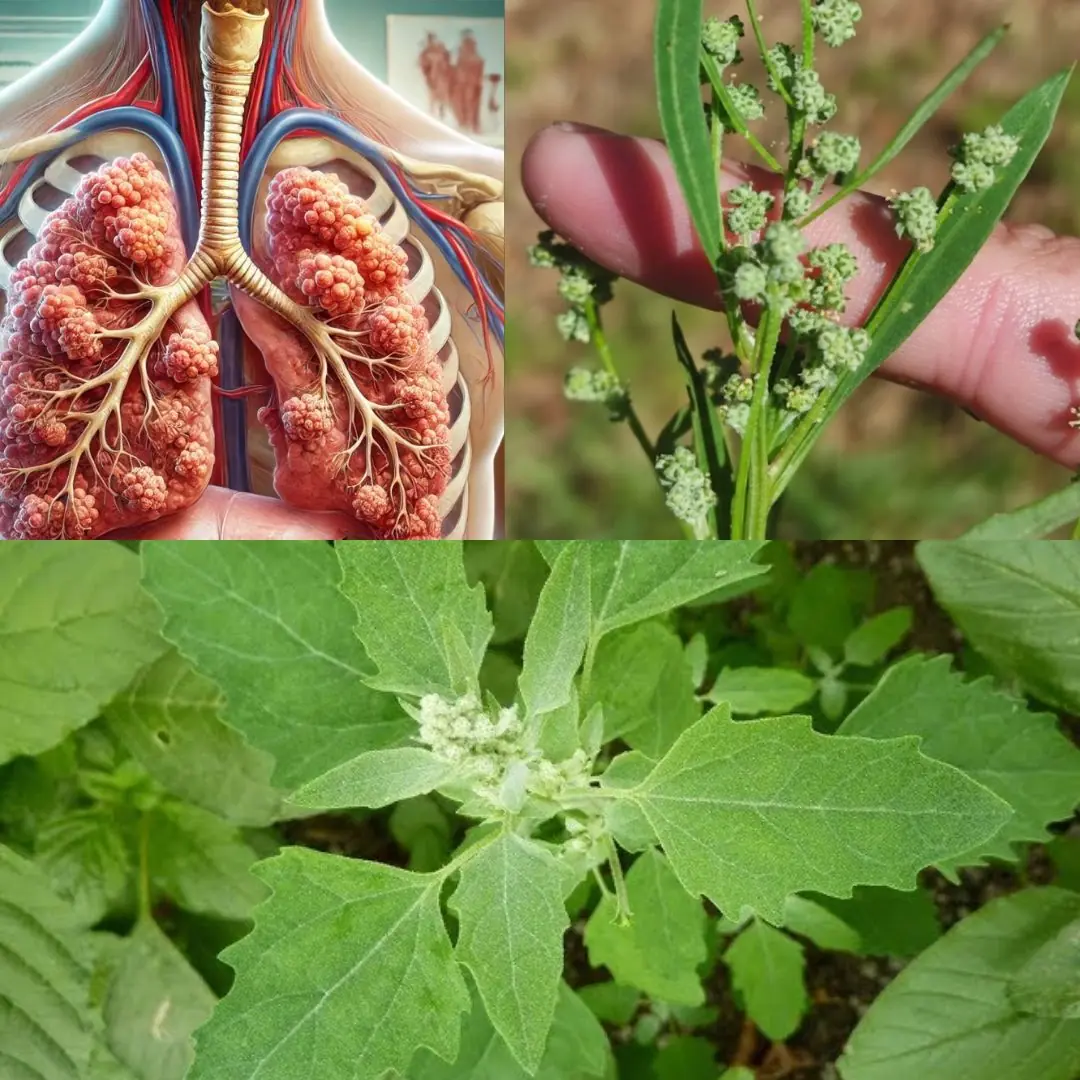
Lamb’s Quarters/Wild Spinach: The Underestimated Superfood with Maximum Health Benefits
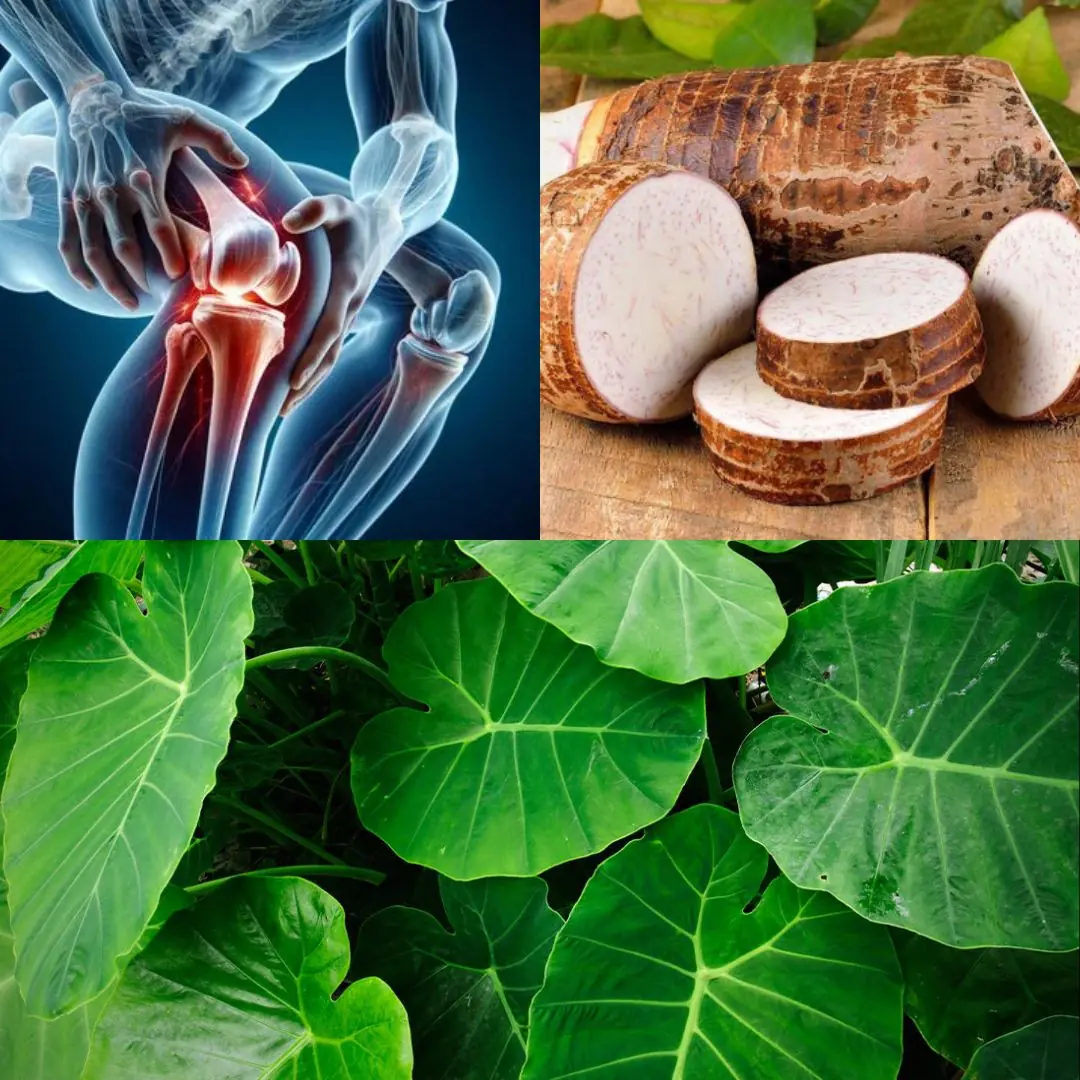
Taro Root: The Ancient Superfood Transforming Health and Sustainability

Men’s Vitality Tonic: The Bold Health Boost from Ginger and Pineapple
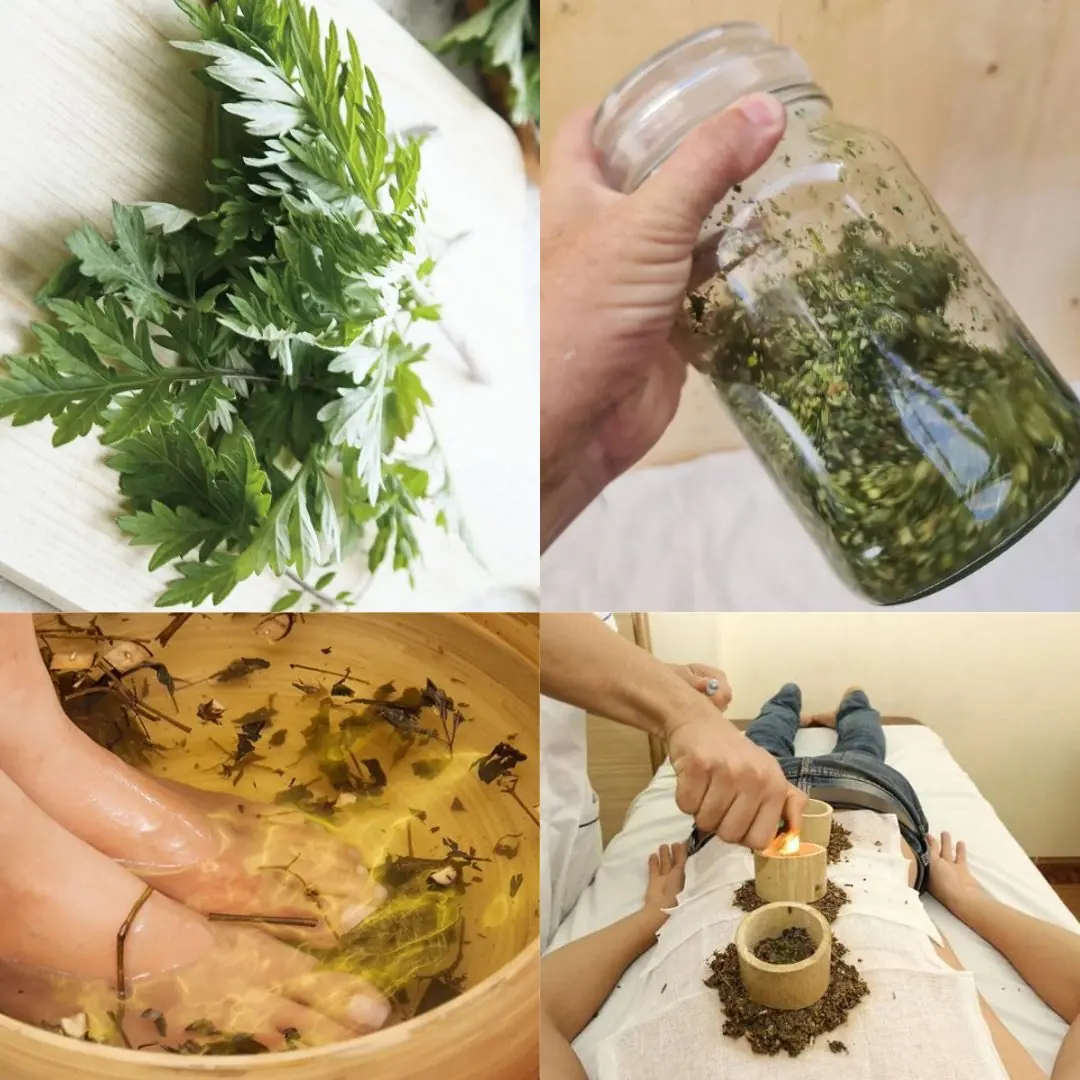
Mugwort Plant: Benefits, Properties, and Uses
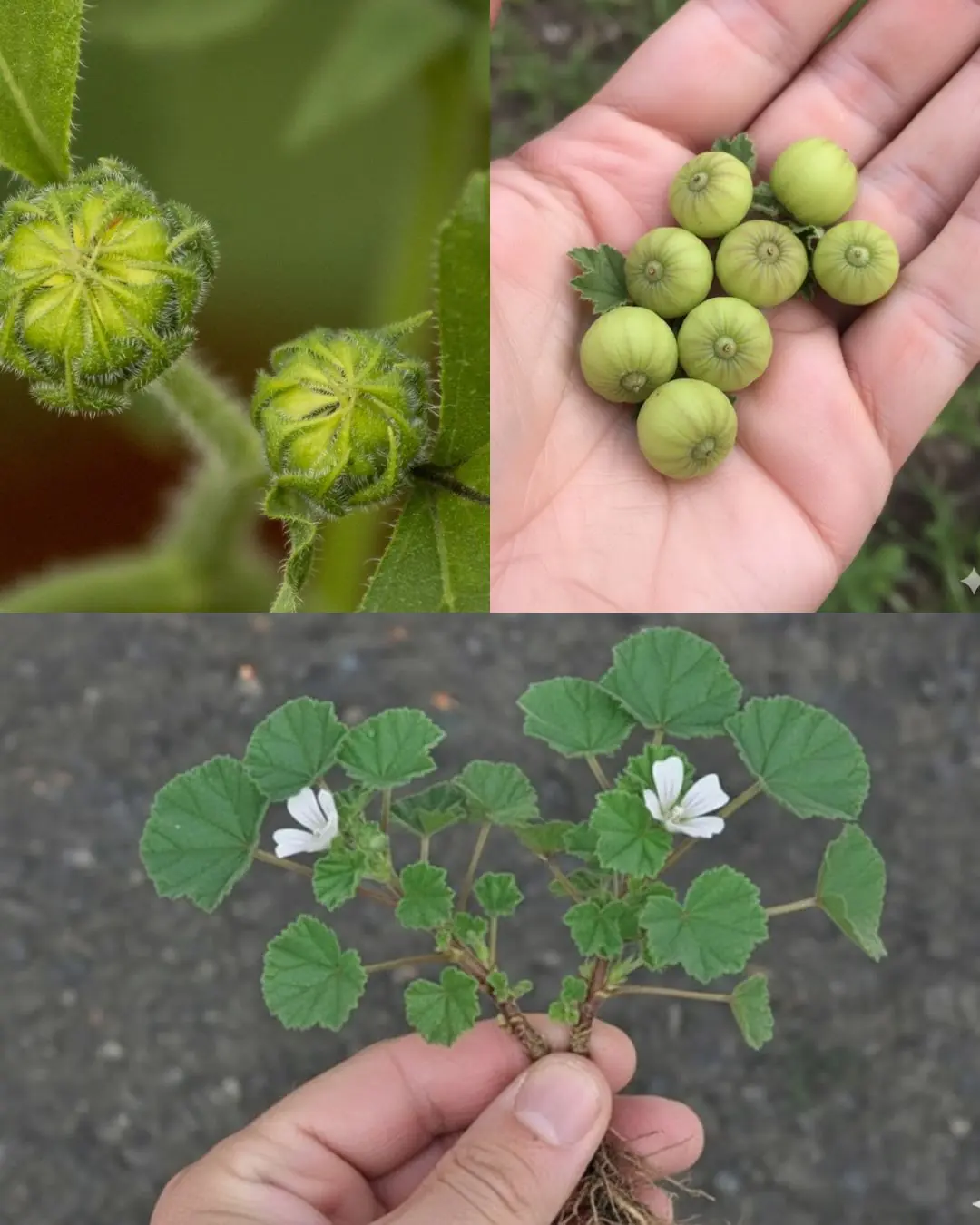
Unveiling the Green Marvel: The Top 10 Health Benefits of Common Mallow Leaves

Goldenberries (Physalis peruviana): A Nutrient-Packed Powerhouse for Health and Vision
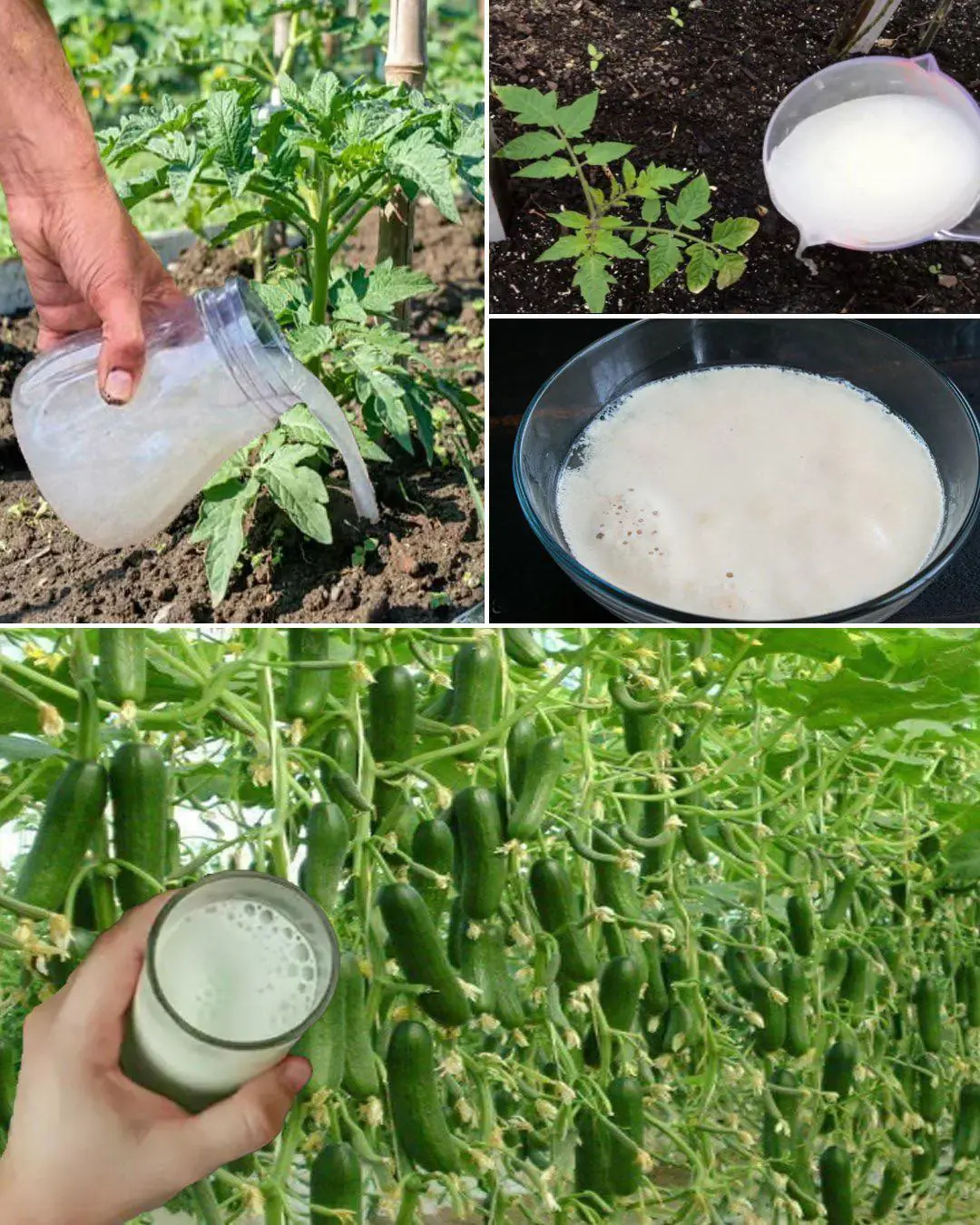
Garlic, tomatoes and cucumbers will grow rapidly. The most powerful fertilizer.
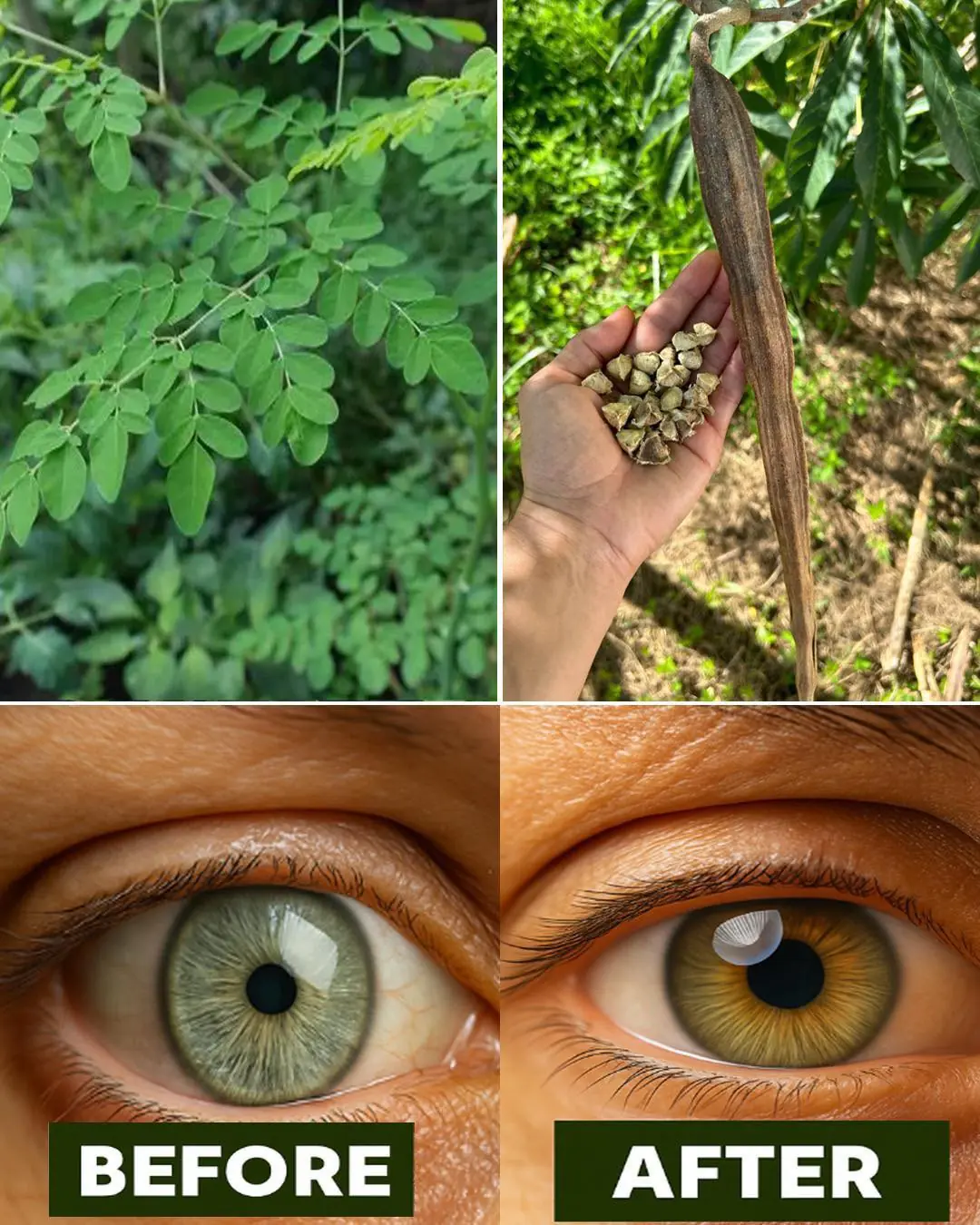
12 Powerful Benefits of Moringa Seeds
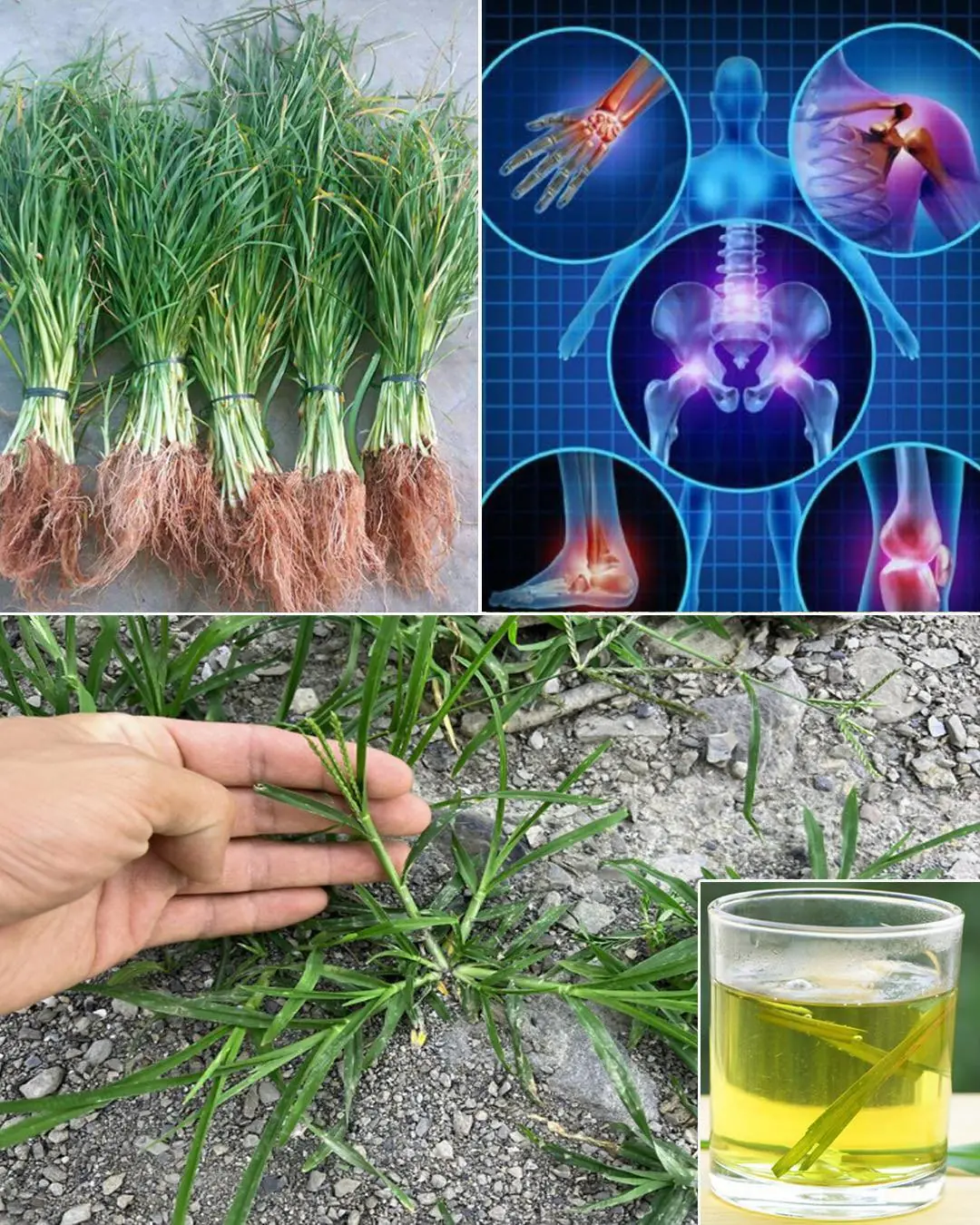
25 Incredible Health Benefits of Goosegrass
News Post

Lemon Seeds Can Save a Snakebite Victim Within Just One Minute If Used This Way

Why Keeping A Lemon In Your Bedroom Is A Great Idea

Put salt in your toilet. Here's why. This is something plumbers will never tell you

Guava Leaves for Blood Sugar Control: Nature’s Gift for Diabetics

Banana Blossom: Health Benefits, Recipes, and Uses

Common Mullein: Benefits and Uses of Nature’s Versatile Herb

Fig Leaves: Surprising Benefits and Uses

Inner Vitality Elixir: Benefits of Uda Seeds, Lemon, Aidan Fruit, and Ginger for Women’s Health

When Checking Out of a Hotel, Don’t Fold the Bedding—Not Knowing This Will Only Cause Trouble

Some of the Benefits of Castor Leaves and the Seed

The Versatile Uses of Stubborn Grass

Pour Beer into Table Salt to Solve Many Household Problems – Wish I Knew This Trick Sooner!

The Best Tea for Mornings and After Dinner: A Powerful Blend for Health

Mimosa Pudica Tea: How to Prepare and Health Benefits

If you have this plant in your garden, don’t cut it down – it’s incredibly valuable!

Harnessing the Power of Goose Grass: A Guide to Its Preparation and Therapeutic Uses

The water pipe is clogged, do this way to solve it easily, no need to call a plumber

Woman Left with Swollen Lip After Centipede Bites Her in Sleep
